Handbook of Probiotics and Prebiotics
PART I: PROBIOTICS. Chapter 1: Probiotic microorganisms. 1.1 Definition. 1.2 Screening, identification and characterization of Lactobacillus and Bifidobacillus strains. 1.3 Detection and enumeration of gastrointestinal microorganisms. 1.4 Enteric microbial community profiling in gastrointestinal tract by Terminal-Restriction Fragment Length Polymorphism (T-RFLP). 1.5 Effective dosage for probiotic effects. 1.6 Incorporating probiotics into foods. 1.7 Safety of probiotic microorganisms. 1.8 Legal status and regulatory issues. Chapter 2: Selection and maintenance of probiotic microorganisms. 2.1 Isolation of probiotic microorganisms. 2.2 Selection of probiotic mircroorganisms. 2.3 Maintenance of Probiotic Microorganisms. Chapter 3: Genetic modification of probiotic microorganisms. 3.1 Mutants obtained from probiotic microorganisms by random mutagenesis. 3.2 Plasmids. 3.3 Vectors for Lactobacilli and Bifidobacteria. 3.4 Genetic recombination. Chapter 4: Role of probiotics in health and diseases. 4.1 Cell line models in research. 4.2 Laboratory animal models in research. 4.3 Effects on human health and diseases. 4.4 Effects on farm animals. Chapter 5: Mechanisms of probiotics. 5.1 Adhesion to intestinal mucus & epithelium by probiotics. 5.2 Combined probiotics and pathogen adhesion and aggregation. 5.3 Production of antimicrobial substances. 5.4 Immune effects of probiotic bacteria. 5.5 Alteration of microecology in human intestine. Chapter 6: Commercially available human probiotic microorganisms. 6.1 Lactobacillus acidophilus, LA-5?. 6.2 Lactobacillus acidophilus NCDO1748. 6.3 Lactobacillus acidophilus NFCM. 6.4 Lactobacillus casei Shirota. 6.5 Lactobacillus gasseri OLL2716 (LG21). 6.6 Lactobacillus paracasei ssp paracasei, F19(R). 6.7 Lactobacillus paracasei ssp paracasei, L. CASEI 431(R). 6.8 Lactobacillus rhamnosus GG, LGG(R). 6.9 Lactobacillus rhamnosus, GR-1(R) and Lactobacillus reuteri , RC- 14(R). 6.10 Lactobacillus rhamnosus HN001 and. 6.11 LGG(R)MAX, a multispecies probiotic combination. 6.12 Bifidobacterium animalis ssp. lactis, BB-12(R). 6.13 Bifidobacterium breve strain Yakult. 6.14 Bifidobacterium longum BB536. 6.15 Bifidobacterium longum strains BL46 and BL2C - Probiotics for adults and ageing consumers. PART II: PREBIOTICS. Chapter 7: Prebiotics. 7.1 The prebiotic concept. 7.2 A brief history of prebiotics. 7.3 Advantages and disadvantages of the prebiotic strategy. 7.4 Types of prebiotics. 7.5 Production of prebiotics. 7.6 Prebiotic mechanisms. 7.7 Modulating the intestinal microbiota in infants. 7.8 Modulating the intestinal microbiota in adults. 7.9 Modifying the intestinal microbiota in the elderly. 7.10 Health effects and applications of prebiotics. 7.11 Functional foods for animals. 7.12 Safety of prebiotics. 7.13 Regulation of prebiotics. 7.14 Conclusion.
{{comment.content}}
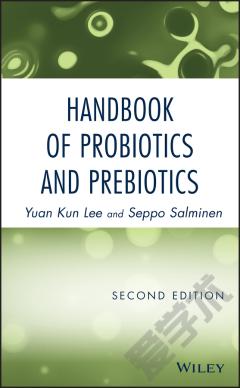
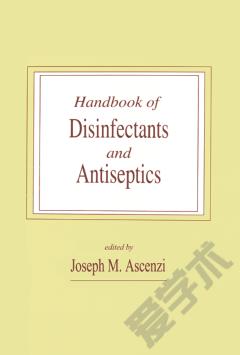

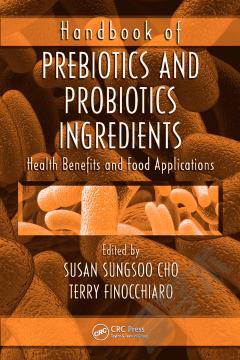

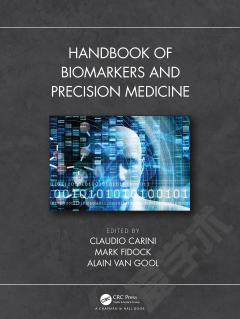
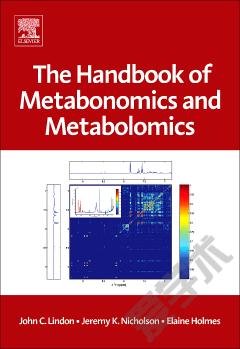

 京公网安备 11010802027623号
京公网安备 11010802027623号